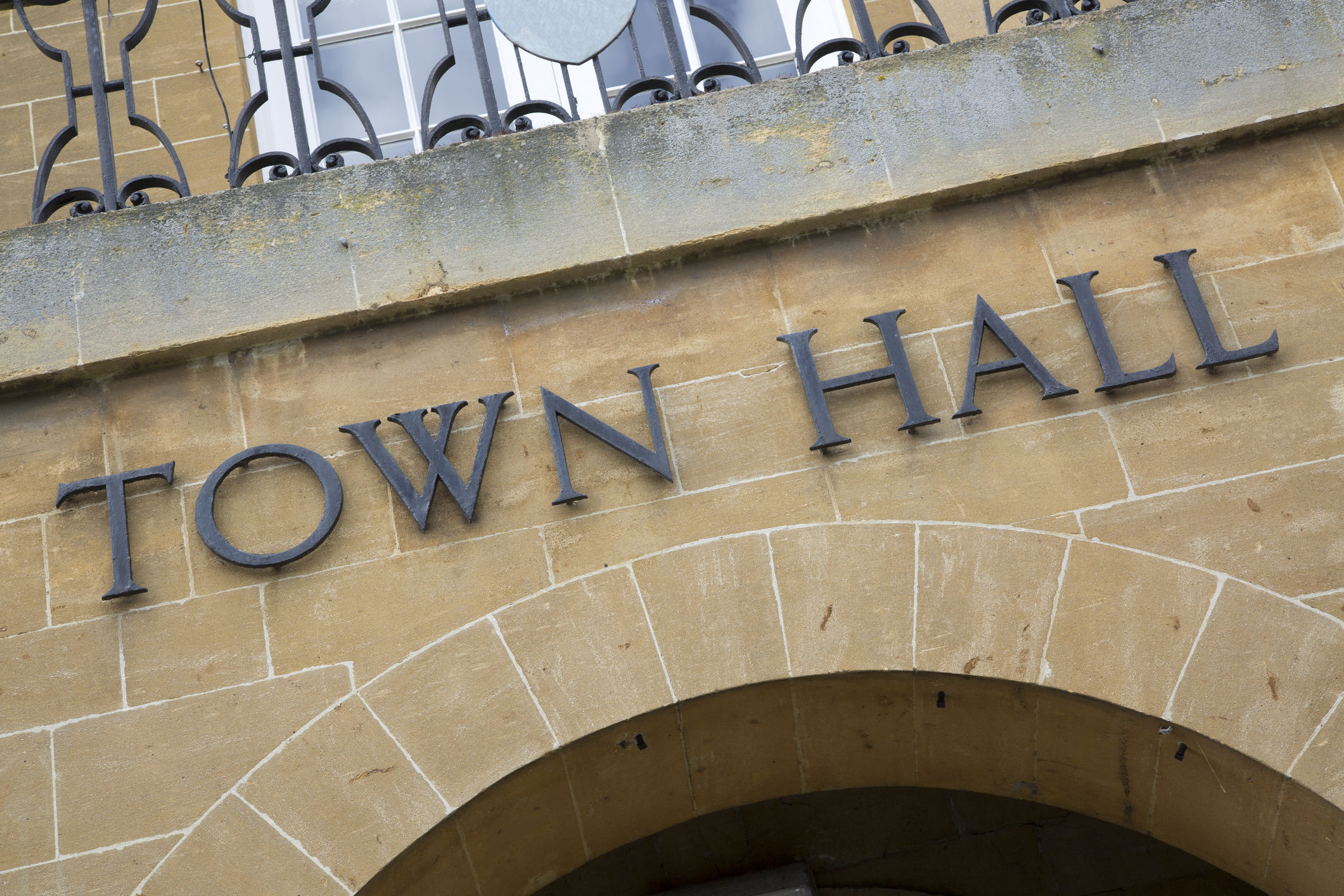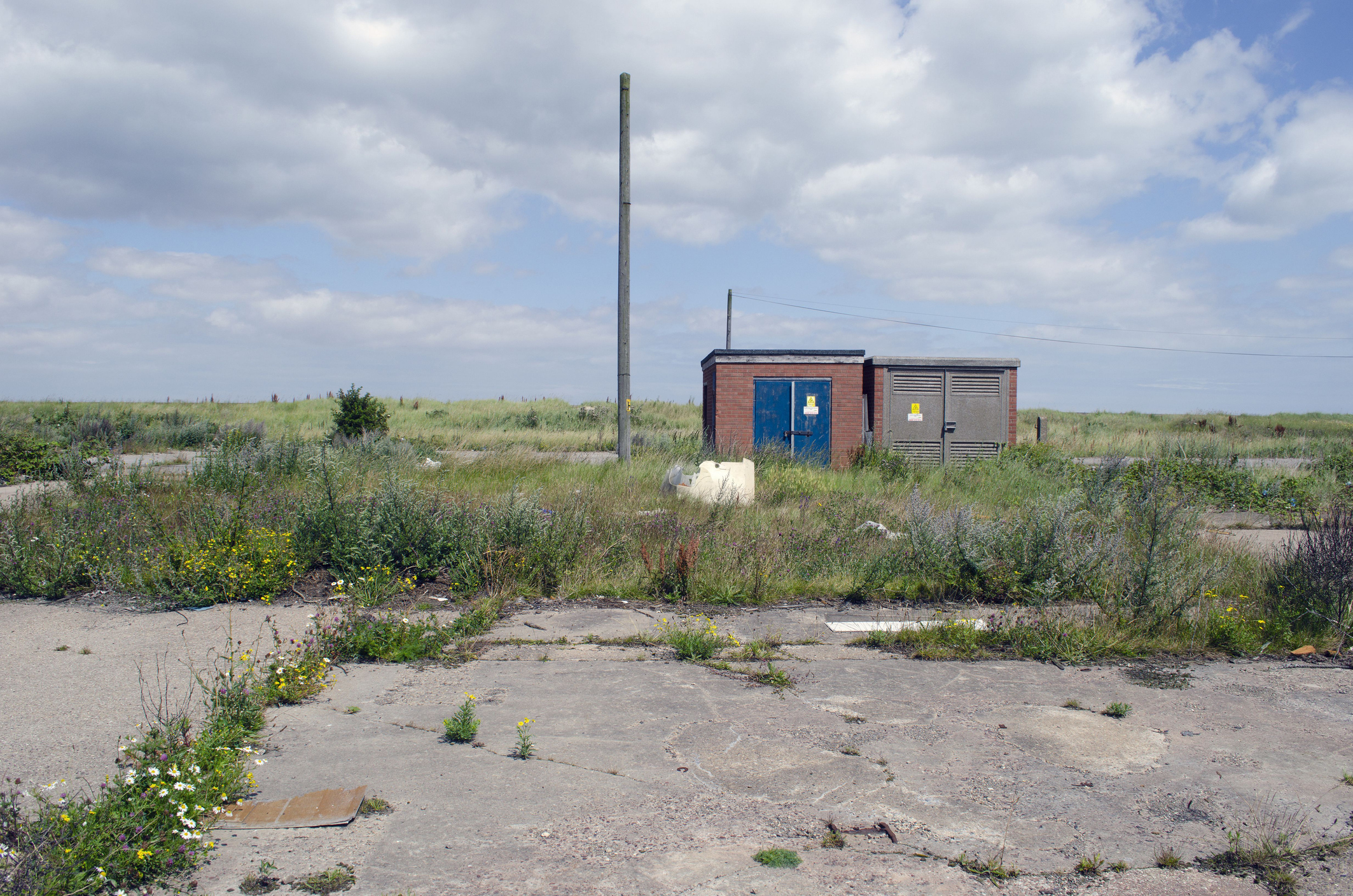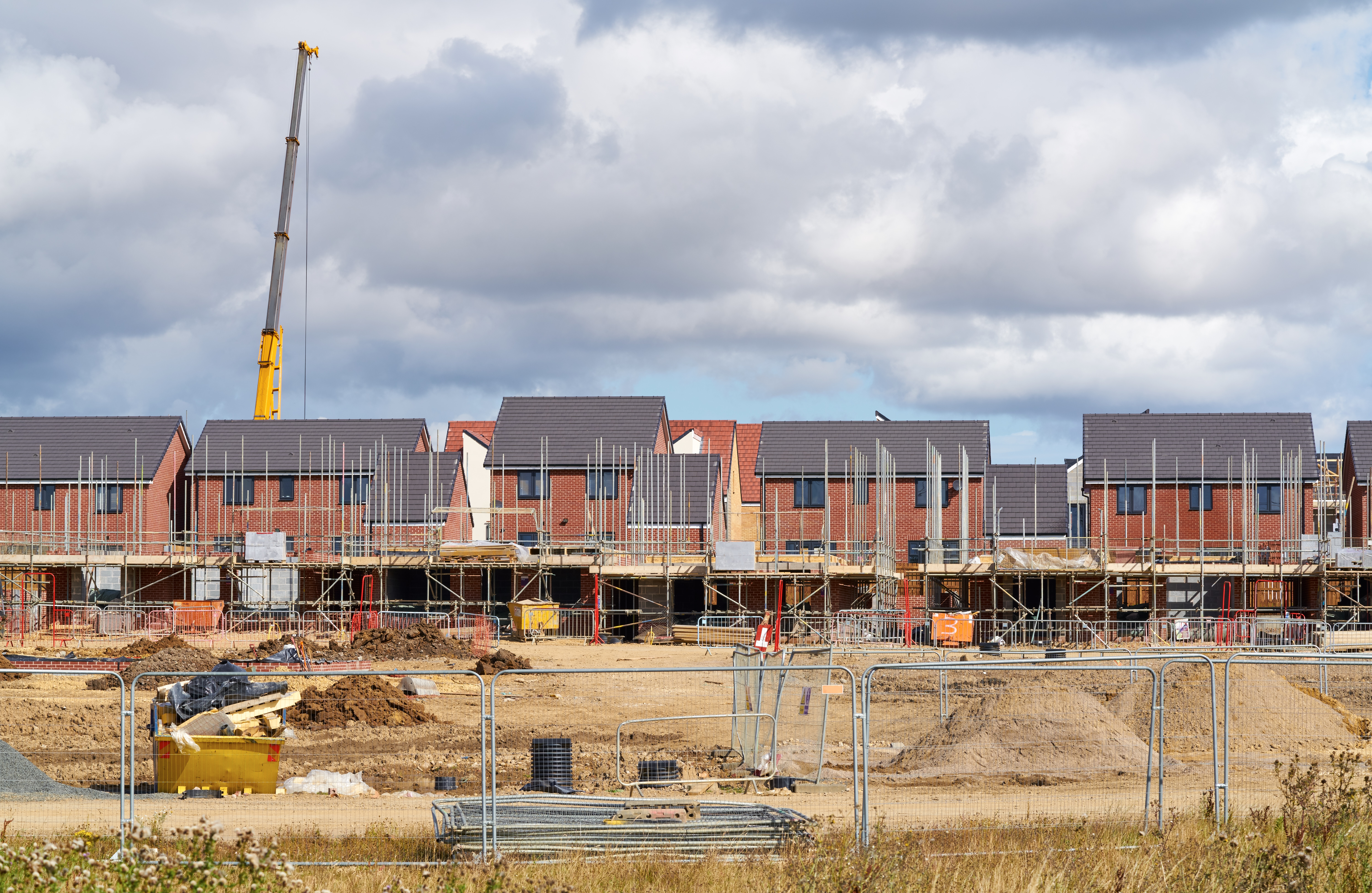Real Estate
Welcome to the Stephens Scown Info Hub for Real Estate – home to our latest legal news, insights, videos and FAQs.
- Adoption
- Alternatives to Court
- Arrangements for Children
- Brand Protection
- Brexit
- Business Disputes
- Business Law
- Buying and Selling Your Home
- COVID-19
- Charities
- Child Abduction
- Children
- Children in Care
- Cohabitation
- Commercial Property
- Community News and Giving Back
- Construction
- Corporate and Commercial
- Data Protection
- Disputes with Businesses
- Divorce and Separation
- Domestic Abuse
- Employee Ownership
- Employment and HR
- Energy
- Family
- Finances Following Divorce and Separation
- Finances for Children
- Food and Drink
- Healthcare
- High Net Worth
- Holiday and Residential Parks
- Immigration
- InSync
- Inheritance and Trust Disputes
- Insolvency and Bankruptcy
- Intellectual Property
- International Divorce
- Landlord and Tenancy Disputes
- Leisure and Tourism
- Marine
- Mining, Minerals and Waste
- Money
- Personal Disputes
- Planning
- Pre and Post Nuptial Agreements
- Property Disputes
- Public Sector
- Real Estate
- Recruitment and Careers
- Regulatory Compliance and Enforcement
- Residential Property
- Rural
- Social Housing
- Stephens Scown News
- Technology
- Unmarried Couples
- Wealth Protection and Planning for Later Life
- Wills and Inheritance Planning
Top Real Estate Services
View AllReal Estate Latest Articles
View AllOur Real Estate Lawyers
View AllReal Estate Top FAQs
Business
View all business FAQs-
Factual possession, meaning you have exercised physical control over the land, for example if the ground is open land then fencing would show such control. Together with an intention to possess the land, such possession to have taken place without any consent being granted, for a period of at least twelve years.
-
The Landlord must serve upon the Tenant a Notice informing the Tenant of their intention to exclude the security of tenure provision. The Tenant will reply to the Notice with a Statutory Declaration confirming their intention to enter into the Lease with the exclusion of security of tenure.
-
A Tenant has a statutory right to renew its tenancy at the end of the Lease if it occupies the premises for the purpose of its business. The Landlord and Tenant can in certain circumstances agree to contract the Lease outside the terms of the Landlord and Tenant Act 1954, meaning that the Tenant will not have the benefit of the statutory right to renewal of the Lease. In order to exclude the security of tenure provision the Lease must be for a term of years certain.
-
Yes, the Land Registry charge a Land Registry registration fee which is dependent upon the value of your property. The registration fee is reduced for voluntary first registrations. For more information and insights on real estate please visit our real estate info hub, alternatively please reach out to our real estate team.
-
Your ownership of the land is recorded with the Land Registry, providing you with a state-backed registration. The Land Registry hold an electronic up to date record of who owns the land. For more information and insights on real estate please visit our real estate info hub, alternatively please reach out to our experienced real estate team.













